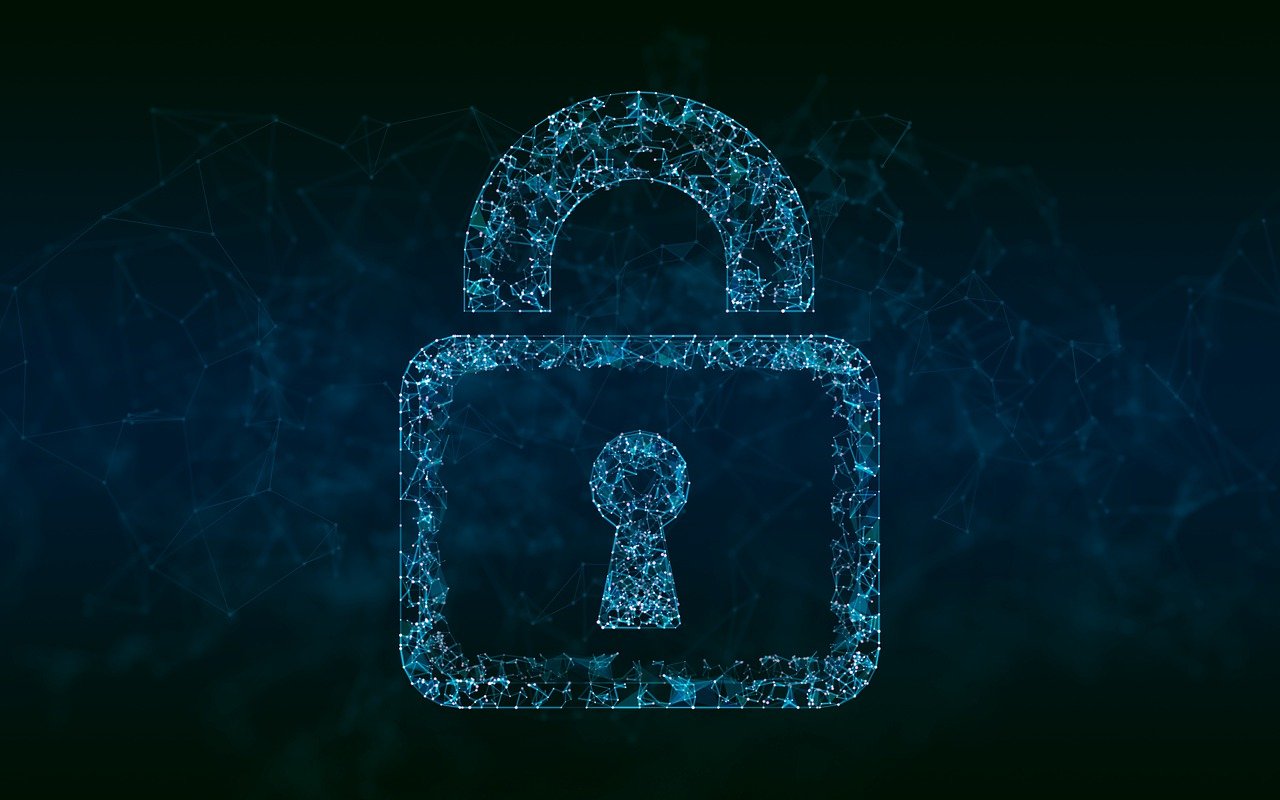· 4 min read
Email Governance Best Practices
What is Email Governance and why is it necessary?

Email governance is an integral component of modern business operations. It refers to the policies and processes that organizations implement to manage email communications effectively, ensuring compliance with legal, regulatory, and organizational standards. Effective email governance can mitigate risks, improve productivity, and enhance communication management. Below, we explore some best practices for email governance that can help organizations maintain control and integrity over their email systems.
1. Develop a Comprehensive Email Governance Policy
The cornerstone of email governance is a well-defined policy. This policy should outline the purpose, scope, and objectives of email management within the organization. It should cover the following aspects:
- Usage Guidelines: Detail who can access and use the email system, and under what circumstances.
- Security Protocols: Establish measures for protecting email data, including encryption and password requirements.
- Archiving and Retention: Specify how long emails should be retained and the processes for archiving them.
- Compliance and Legal Requirements: Ensure alignment with industry regulations such as GDPR, HIPAA, or other applicable laws.
- Incident Response and Remediation: Provide guidelines on how to handle security breaches or policy violations.
2. Implement Robust Security Measures
Securing email systems is critical to prevent unauthorized access and data breaches. Consider the following practices:
- Encryption: Use end-to-end encryption to protect email content from being intercepted during transmission.
- Authentication: Implement multi-factor authentication (MFA) to ensure only authorized users can access email accounts.
- Spam and Malware Filters: Deploy robust spam filters and malware protection to prevent phishing attacks and malicious software.
- Regular Security Audits: Conduct periodic audits to identify and mitigate vulnerabilities within the email infrastructure.
3. Educate Employees
Users are often the weakest link in email security. Providing regular training can significantly enhance email governance:
- Awareness Programs: Conduct training sessions on recognizing phishing attempts and other common cyber threats.
- Policy Training: Ensure all employees are familiar with the organization’s email governance policy and procedures.
- Best Practices: Teach staff how to use email efficiently, such as organizing emails, using appropriate language, and understanding when to use email versus other communication tools.
4. Use Effective Email Management Tools
Several tools can help streamline email governance:
- Email Archiving Solutions: Implement tools to automate email archiving according to retention policies, making retrieval easier for compliance purposes.
- Data Loss Prevention (DLP): Deploy DLP software to detect and prevent the unauthorized sharing of sensitive information through email.
- Monitoring and Reporting Tools: Utilize tools to monitor email usage and generate reports for compliance audits and internal review.
5. Establish Clear Retention and Disposal Policies
Proper email retention and disposal policies are vital for compliance and efficient data management:
- Retention Schedule: Define how long emails should be stored based on legal requirements and business needs.
- Automated Deletion: After the retention period expires, implement automated processes for email deletion to minimize storage costs and compliance risks.
- Regular Review: Periodically review retention policies to adapt to new legal or business requirements.
6. Ensure Compliance with Legal and Regulatory Requirements
Non-compliance with email regulations can lead to costly fines and legal issues:
- Stay Informed: Keep up-to-date with relevant laws and standards affecting email communications in your industry.
- Documentation: Maintain detailed records of email governance policies and user acknowledgments for audits.
- Legal Holds: Implement procedures for placing legal holds on emails in the event of litigation or investigations.
7. Promote a Culture of Accountability
Fostering a culture of accountability can enhance the effectiveness of email governance:
- Role-Based Access: Assign email permissions based on user roles and responsibilities to limit unnecessary access.
- Policy Enforcement: Consistently enforce the email governance policy and address violations promptly.
- Feedback Mechanisms: Encourage employees to provide feedback on email policies and suggest improvements.
Conclusion
Email governance is essential for managing risks, ensuring compliance, and maintaining efficient communication within an organization. By implementing these best practices, businesses can safeguard sensitive information, comply with regulatory requirements, and foster a culture of accountability and security. Organizations should regularly review and update their email governance policies to adapt to evolving threats and legal landscapes, ensuring robust protection and management of their email systems.

